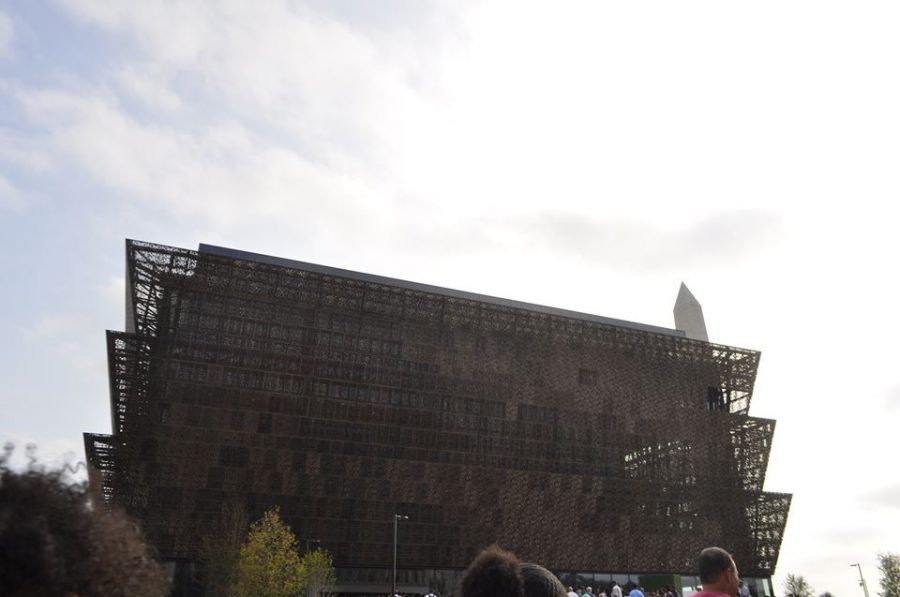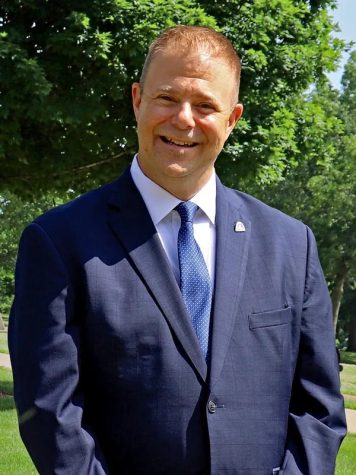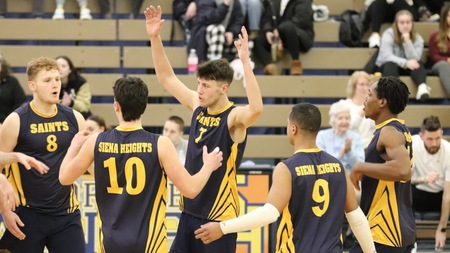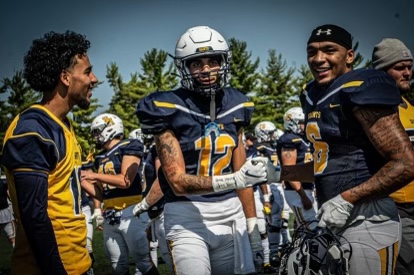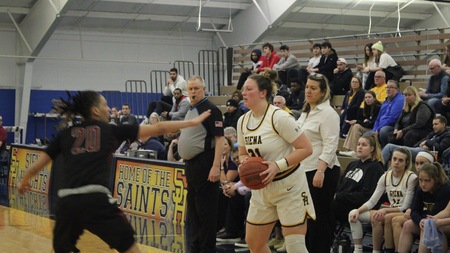Getting Proximate: A Visit to the New National Museum of African American History and Culture
“It was one of the most amazing museums that I’ve ever seen,” said Callie Clare, Communications professor at Siena Heights University, when recalling her latest trip to Washington, D.C., for the opening of the National Museum of African American History and Culture.
Clare was able to attend and travel with the Greater Lansing Martin Luther King Jr. Holiday Commission, a group of people appointed by the Lansing mayor tasked with planning the great celebration of Martin Luther King Jr. each year.
“It was a very purposeful thing to take a bus because in the tradition of Civil Rights, buses payed a big part,” Clare said. “From bus boycotts to the Freedom Riders, it was like an homage to that history, that tradition.”
She said that while it would have been easier to fly, she would have missed out on the experience. On both the way there and back, they passed around a microphone and had dialogue.
“People talked for hours and it was very interesting,” said Clare.
The museum itself is divided into different parts, proceeding chronologically with each floor. The underground and lower level was devoted to the history dating back to the slave trade and finishing with Barack Obama’s presidency. The upper floors focused more on culture and community. Clare said she was only able to visit the lower levels, in which she was able to see artifacts such as Nat Turner’s Bible, Harriet Tubman’s shawl, Fredrick Douglass’s cane, and much more.
“Just being able to follow that entire story was just really amazing and to be around those objects that were owned by such significant people,” she said. “It’s kind of like being in their presence. It has the aura of them.”
Clare talked about the importance of the museum, and said she hoped that people who visited it took advantage of its power and messages.
“It’s kind of just up to the American public to actually pay attention to this job that they have done.”
This opportunity was important for her because it allowed her to recognize how the “development of our nation really depended on but exploited the work of the slaves.”
As she wandered around the museum, which she said was overwhelming in itself, she found it interesting to hear children recognize their history. The location of the museum was also important and significant, Clare said.
“The fact that it’s right next to the Washington Monument, on Constitution, between 14th and 15th, is a very symbolic location,” she said.
The 14th Amendment declares equal protection and rights of former slaves, while the 15th deals with the right to vote, no matter the race, color or if you were a former slave.
She said there were thousands of people there, and no one was fighting, no one was rioting. Everybody was getting along and, for her, “it was a good reminder of what our country can and should be.”
As a college professor, Clare is naturally used to talking a lot and standing before a crowd and speaking. However, she said she didn’t talk much on this trip because everybody else on the trip knew a lot more than her.
“It’s important to get into these experiences where you don’t think you will be comfortable, because it’s a good reminder of how little you actually know and there’s nothing wrong with that,” Clarie said. “Don’t try and compensate for that because if you’re open to knowing more, to focusing on the listening part of dialogue, rather than just the speaking, you’ll learn a lot.”
Clare said she was able to listen to the others around her, appreciating and acknowledging all of their different perspectives on issues.
“I was able to listen to learn the same story but from a different perspective, and I think that is what we are missing a lot today. It’s that listening aspect. Nobody wants to listen because on social media everybody just wants to talk,” she said.
If Clare had to sum up her trip in just a few words, she said she would describe it as “overwhelming, really exciting, humbling, crowded, emotional and a unifying experience.”

